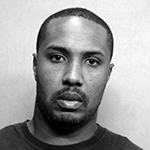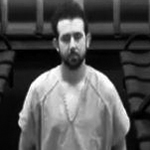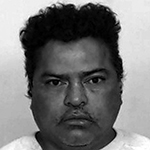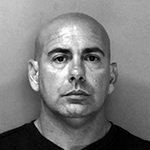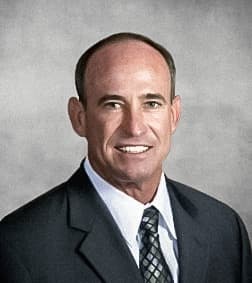Distribution of Child Pornography
The distribution of child pornography falls under Fla. Stat. §827.071, which is the state law prohibiting the promotion of a sexual performance by a child. Distributing child pornography is considered a serious sexual offense in Florida and is punishable by up to 15 years in prison and mandatory registration on the national sex offender registry.Prohibited Conduct
A person can be convicted of promoting the sexual performance of a child when he or she produces, directs, or promotes such a performance and the subject is a minor under the age of 18 years old. The term “promote” is broadly defined to include not only the distribution of child pornography, but also its manufacture, sale, delivery, transfer, publishing, advertisement, circulation, and dissemination.Possession With the Intent to Distribute
Under this statute, it is also unlawful to possess a photograph, video, or representation that includes any sexual conduct by a child, with the intent to promote or distribute it. Generally, when a defendant is found in possession of three or more copies of the same image or video, it will be presumed that he or she had an intent to distribute the material to others. This offense is charged as a second-degree felony, which is also punishable by up to 15 years in prison and a $10,000 fine.Distributing Harmful Materials to Minors
It is also against Fla. Stat. §847.012 to knowingly sell, rent, or loan certain images to a minor, including:- Pictures, photographs, movies, drawings, or sculptures that depict nudity, sexual conduct, sexual excitement, or sexual battery that is harmful to minors
- Books, magazines, pamphlets, printed matter, sound recordings, or explicit and detailed verbal descriptions of sexual conduct that is harmful to minors
- The character and content of the material
- The age of the minor depicted in the materials
Defendants who are convicted of distributing child pornography to minors cannot raise certain defenses, including that:
- The minor misrepresented his or her age
- He or she legitimately believed that the minor was an adult
- The minor consented to the transaction
Federal Offense
Child pornography is not protected by the First Amendment and so is considered illegal contraband under 18 U.S.C. §2252. Federal law also specifically prohibits the distribution of any pornographic visual depiction using any facility or means of interstate commerce, including the mail and the internet, if:- The production of the visual depiction involved a minor engaging in sexually explicit conduct
- The image or movie depicts sexually explicit conduct involving a minor
- Using the mail or a common carrier to transport the images across state or international boundaries
- Using the internet to distribute child pornography
- Using materials, such as computers or storage devices that were originated in or traveled in interstate commerce.
- Possessed less than three images containing sexually explicit depictions
- Promptly, and without allowing someone else to access the image
- Took reasonable steps to destroy it
Those who do not raise these defenses face severe statutory penalties, including up to 20 years in prison for a first-time offense. Defendants may also face even harsher penalties if:
- They have been convicted of prior child pornography-related offenses
- The offense involved images that were violent in nature, a minor was sexually abused during the offense, or the offender had previously been convicted of sexual exploitation









